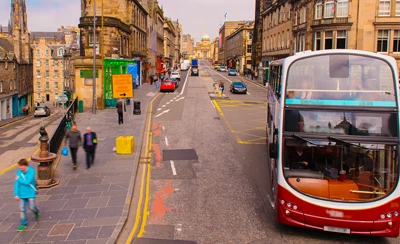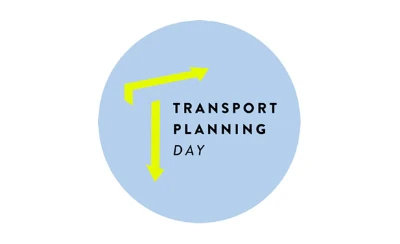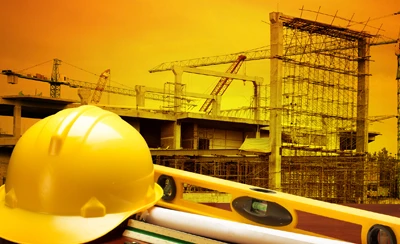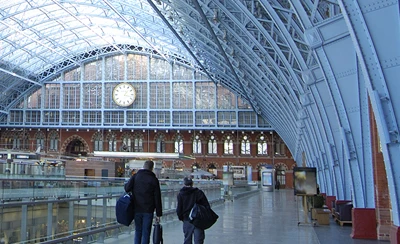According to many commentators, we are on the cusp of one of the fastest, deepest, and most consequential disruptions of transport in history. The pandemic has encouraged people to leave cities and head to quieter and more spacious places in the suburbs. Bars and restaurants remain closed, transit options have been reduced, and companies and schools have moved online.

For more than a century, people have been moving into cities - now we are suddenly seeing movement away from them. We are faced with the question of whether this is a short term reaction to the pandemic, or a longer-term trend towards de-urbanisation. Unlike during previous pandemics throughout history, we now have innovative mobile technologies to facilitate this movement. However, there is a growing need for platforms that allow us to rapidly visualise the associated data and interpret its implications.
We need to understand that the way people are behaving now may not reflect how their behaviour post-vaccination. This will inevitably create numerous uncertainties, raising questions such as:
- Are people becoming adjusted to living outside cities and working remotely?
- How often are they going out for their groceries or having them delivered?
- Where are local journeys being made?
- Will people come back to retail outlets and restaurants?
- Are people selling their houses?
- Where will the factories or corporate offices of the future be located?
- How is the economy as a whole being affected and what role does transport planning play in the development of cities and towns?

If the pandemic started the process of pushing people out of cities and into suburbs,will the vaccine stop or reverse this trend? The simple answer is that we don’t yet know. What we do know is that the twin pillars that characterised economic development for decades, namely globalisation and urbanisation, will likely be affected.
It is fair to say that cities were in need of a change of course. Traffic congestion, rising air pollution and overcrowded transit systems were 'choking' urbanised areas. The pandemic has changed the rush hour so much that people have experienced the benefits of 'car free streets' and improved air quality.The sales of bicycles have increased, encouraging many local authorities to adopt pop-up cycle lanes and accelerate the move towards Ultra Low Emission Zones. These changes in behaviour mean that public transit users will feel less like sardines’. Meanwhile, the inevitable decline in transit fare revenues means that transport authorities will have to invest more wisely in mass transit systems as people adopt remote working for the longer term.
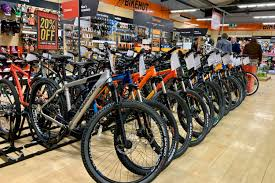
The gradual 'erasure' of distance could be good both for physical and mental health, as well as supporting childcare. Many companies will save on costs associated with office space and instead invest more in productivity. Firms that need office space will have more options available to them. City centre landlords will be forced to reduce prices thus allowing the badly hit restaurant and hospitality sectors to make some recovery. This will also help independent businesses to emerge. Also, as older people move out of cities, unaffordable housing may become more affordable for younger people, who for so long have been priced out of the housing market.
Cities will, however, continue to possess the best amenities such as hospitals, gyms and leisure centres. And the “death of distance” has been proclaimed many times before, ever since the invention of the telegraph. So far, the benefits of physical proximity have consistently outweighed the costs. Maybe it will be different this time: previous generations didn’t have virtual reality, 5G, or Low Earth Orbit satellite constellations. Or maybe this will be a temporary fluctuation -- albeit one playing out on a multi-year timescale -- with an urban exodus followed by a rebound.
This brings us back to the question: will daily habits truly change? How will the age and income demographics of cities change? How do we restore confidence in transit systems again? Will hybrid work models that allow for remote working become the norm? Pre-pandemic transport planning may never return, forcing transport systems to become more efficient, reliable and innovative. Public transport will remain vital for both people and the economy. The pandemic may have accelerated the move towards Micromobility and Connected and Autonomous Vehicles (CAV) by years, thus altering existing planning of transit systems.
-------------------
To read more about Podaris go to this link Podaris
For more information about Podaris go to https://www.podaris.com

